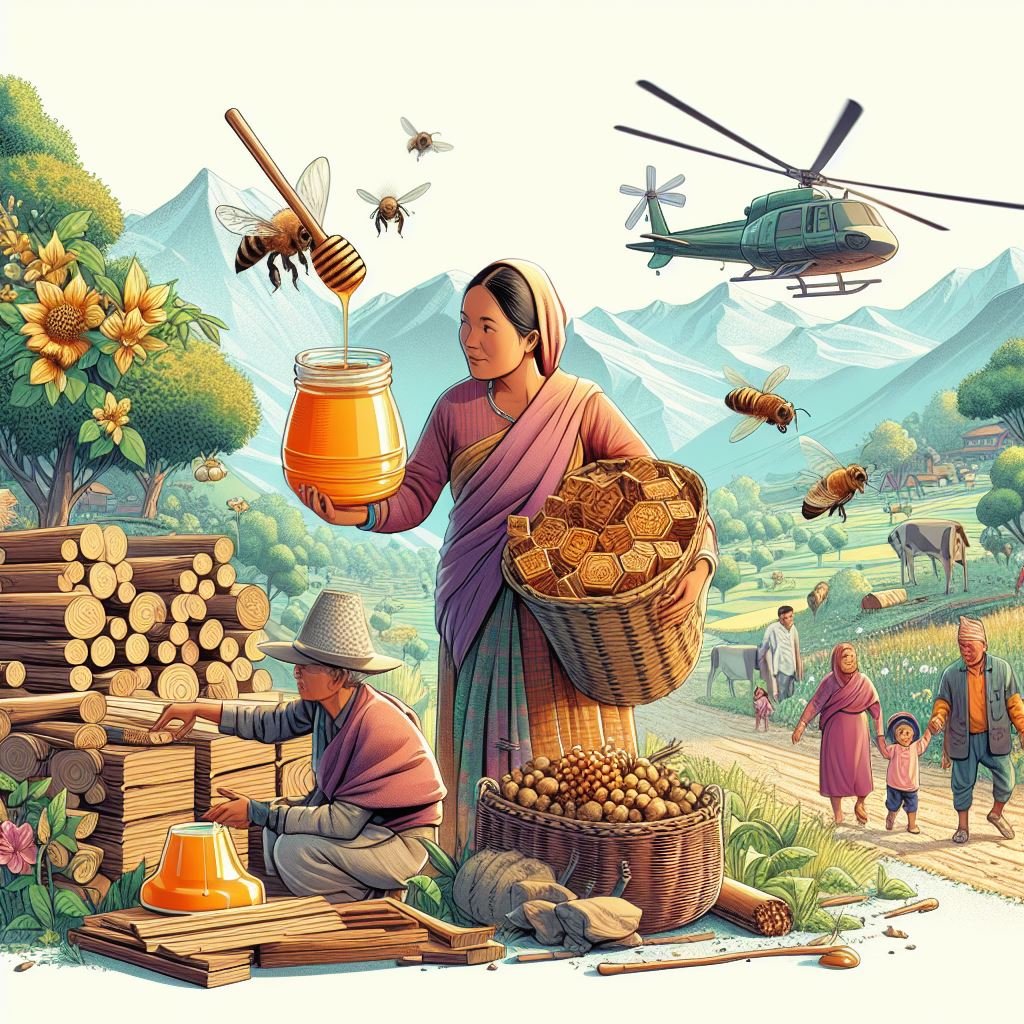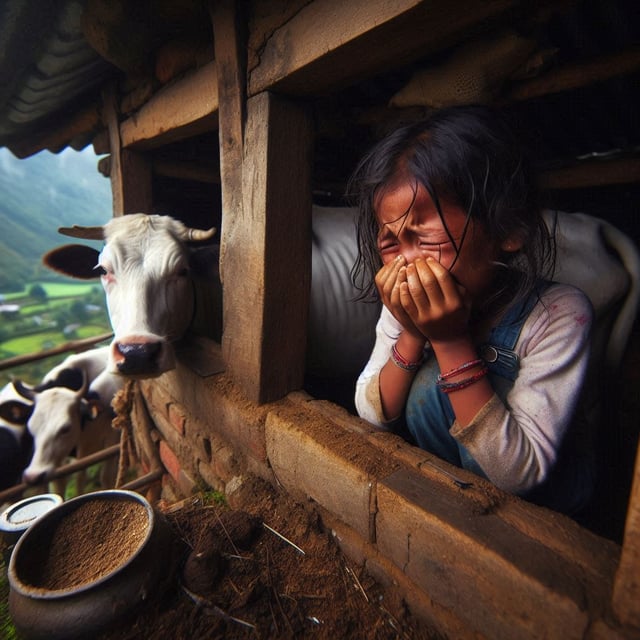Part II: Nepal’s Community Forest

Community Forests are a success in regenerating the Forests of Nepal. As always with nature, the forest has added a positive change in the lives of the community as well.
Women's groups in the Chisapani Community Forest, continuously work in growing herbs for the production of herbal oil.
They have produced 220 liters of citronella and lemongrass in 40 hectares of degraded community forest land. Lemongrass can be sold at Rs. 2,200 per liter and citronella at Rs. 1,900 which they began planting on private land.
They have also allocated an even more lucrative mint which produces 100 liters of oil annually and sells it at Rs. 4,000 per litre. The group has saved Rs.200,000 in savings and distributed the rest of the sales money to the women in the community.
The Community forest user group does not charge any fee from the women for cultivating herbs at the edge of the forest, instead, Wildlife Conservation Nepal (WCN) installed oil processing equipment and is helping to market herbal oils to be exported to Europe.
Ten additional community forest groups in Nawalparasi have started similar initiatives such as Sitapokhari Community Forest where 38 women have planted lemongrass.
10 women involved were candidates in the local elections of Bardaghat municipality out of which two of them were elected.
Farmers and the community forests in Mechinagar, Arjundhara, Bhadrapur, and Buddhashanti planted patchouli and lemongrass in huge amounts. Patchouli grass at green is sold for Rs.20 and dry would cost Rs.100 per kg.
In the past Hog plum fruits (lapsi) used to rot in fields and forests. Samudayik Khadya Prasodhan Udhyog, Mudikuwa, Phalewas Municipality-5 outsource, manage, store and process hog plum.
The seasonal workers are hired during fruit’s peak season. There are orders for candy, pickles, jam, and other products for both domestic and international markets.
In 2022, there were around 20,000 hog plum trees in Parbat. Each tree yields 1-5 tons of fruit per season.
The factory processes fruits from November-end and by mid-June, the products are manufactured, labeled, and stored.
As the forest coverage area has increased, there has also been increasing sightings of rare birds.
Three rare birds (white-rumped vulture, Asian wooly neck stork, and steppe) were spotted in Ludi Damgadhe Community Forest, Gorkha Municipality-8 which is home to around 99 species of birds.
As various species thrive in Nepal this also has a positive impact in bringing more tourists to the country and also creating opportunities such as homestay.
Shiva Community Forest Group ran a job and skill development training program to provide jobs to at least one member of each family in Dalla Village. 22 Tharu households who were engaged in agriculture started homestay.
The village with 105 households has earned the distinction of being a homestay success story with visible social-economic transformation.
Hollywood star Leonardo DiCaprio and Nepali actor Rajesh Hamal also visited the Village.
It has also been included in BBC’s list of top villages in the world. The community forest is home to rhino and Bengal tigers, locals made a security team to patrol 24/7 to prevent poaching and theft of forest resources.
Men and women are involved in skills such as hairdressing, making dhakiyas baskets from bamboo, eco-tourism, fish farming, poultry farming, carpentry, and masonry. The village has a 100% school enrollment rate, and 18 homestays are in operation in Dalle.
The story of a positive transformation could be energizing but its negative aspects have to be studied to have a complete picture of the problem which will be in Part III: Nepal’s Community Forest.
Author
Kripendra Amatya, Researcher, Nepa~laya Productions
Editor
Dana Moyal Kolevzon, Director of International Relations, Nepa~laya Productions
Published Date
January 1, 1970



